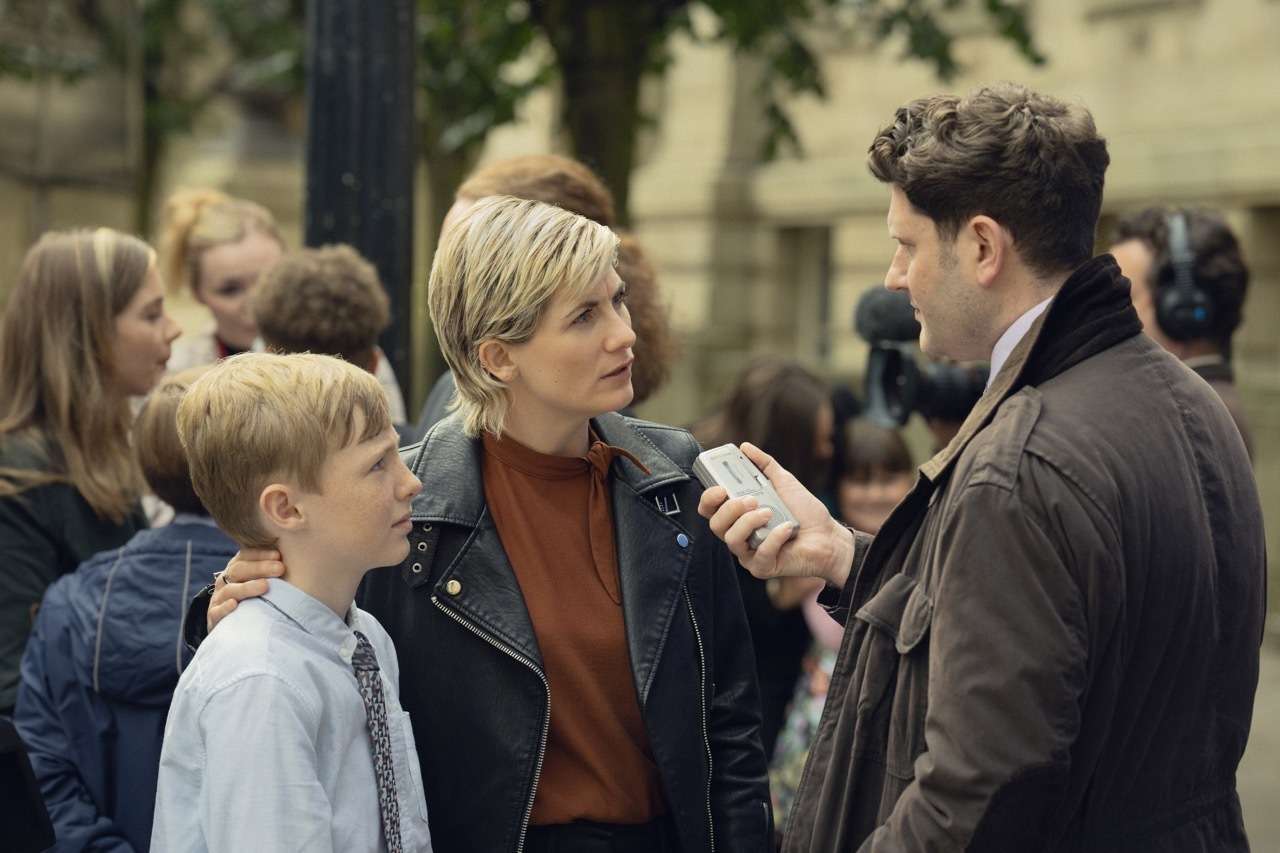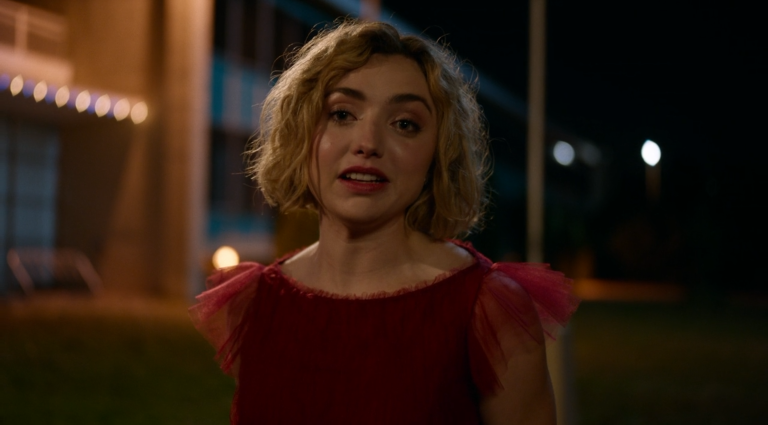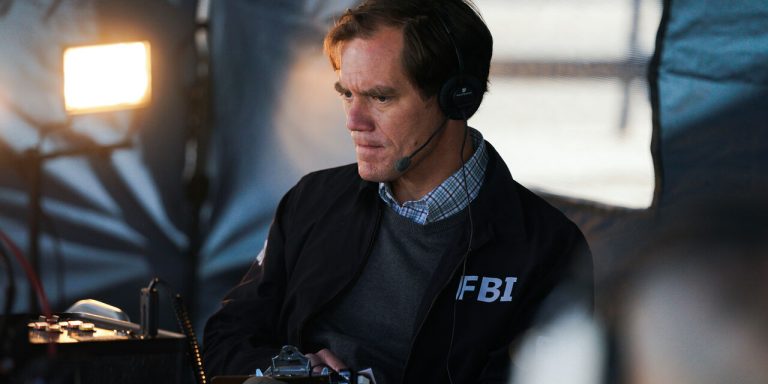Netflix’s Toxic Town is a gripping and emotionally charged drama based on one of the UK’s most shocking environmental scandals. The four-part series recounts the legal battle fought by a group of mothers in Corby, Northamptonshire, against the local borough council, whose negligence led to severe birth defects in their children. This haunting real-life story is brought to life with powerful performances and a script that doesn’t shy away from the devastating consequences of industrial pollution.
The series follows the journey of ordinary people pushed into extraordinary circumstances, fighting against a system that values profit over human lives. With its intense courtroom drama, emotional character arcs, and a conclusion that delivers both closure and lingering questions, Toxic Town leaves viewers shaken and reflective. In this deep dive, we’ll break down the events of the series, unpack its powerful ending, and explore whether justice was truly served.
Toxic Town (2025) ‘Netflix’ Miniseries Recap:
What is the true story behind Toxic Town?
Toxic Town is inspired by the real-life Corby toxic waste scandal, where industrial negligence resulted in widespread birth defects among children born between the late 1980s and early 1990s. The town of Corby had been a hub for steel production, but when the steelworks were shut down in 1980, the council mishandled the disposal of hazardous waste. This led to the contamination of local water, soil, and air, exposing pregnant women to dangerous toxins.
The series introduces us to a group of working-class mothers who notice a disturbing pattern—an unusually high number of children in Corby are being born with limb deformities. As they dig deeper, they uncover a horrifying truth: the town’s reckless industrial waste disposal is to blame. What follows is a years-long legal battle against the Corby Borough Council, a fight that pits ordinary citizens against powerful institutions.
How do the mothers build their case?
Led by determined campaigner Janice (fictionalized for the show but inspired by real-life plaintiffs), the mothers begin collecting evidence, consulting medical experts, and rallying the local community. They face resistance at every turn—dismissive council officials, skeptical doctors, and legal obstacles designed to discourage them.
Despite these setbacks, they find an ally in lawyer Hugh (fictionalized but representative of the legal team that fought the case). He helps them build a case proving that the toxins released during the demolition of Corby’s steelworks site were responsible for the birth defects. However, proving causation in court is no easy task, especially when facing well-funded corporate lawyers determined to bury the case.
What challenges do the mothers face in court?

As the trial unfolds, the mothers are forced to relive their trauma. The council’s defense argues that there is no definitive scientific proof linking their actions to the birth defects. They attempt to discredit expert testimonies and paint the mothers as emotional but misguided.
However, a breakthrough comes when environmental scientists uncover damning evidence—soil and water samples from the 1990s that show dangerously high levels of toxic chemicals. Additionally, witness testimonies from former workers who handled the waste disposal process further expose the council’s negligence.
Toxic Town (2025) ‘Netflix’ Miniseries Ending Explained:
Did the mothers of Corby get justice?
The series finale delivers a powerful and bittersweet conclusion. The court rules in favor of the mothers, marking a historic victory for environmental justice in the UK. The judge acknowledges that while direct scientific proof was difficult to establish, the overwhelming circumstantial evidence points to Corby Borough Council’s negligence. This ruling sets a precedent for future environmental lawsuits, proving that communities can hold corporations and government bodies accountable for their actions.
However, justice comes at a cost. The mothers are awarded financial compensation, but no amount of money can undo the harm inflicted on their children. The ruling also does not bring criminal charges against those responsible, highlighting the frustrating reality that, even in victory, systemic failures often go unpunished.
What does the final scene symbolize?
In the closing moments, we see Janice standing at the site where Corby’s steelworks once stood, now transformed into a new development. The camera lingers on her expression—one of quiet triumph mixed with lingering sorrow. This moment underscores the central theme of the series: progress often comes too late for those who suffered the most.
The final shot of children playing in a nearby park serves as a poignant reminder of what was lost and what was ultimately gained—a safer future for the next generation, even if justice for the past remains incomplete.
Will There Be Toxic Town Season 2? What to Expect?
Given that Toxic Town is a self-contained miniseries based on real events, a second season is highly unlikely. However, the success of the show could inspire Netflix to produce similar investigative dramas tackling environmental and social justice issues.
If the story were to continue in some form, it could explore the long-term impact of the Corby case. Did the ruling lead to stricter environmental laws? How did the affected families cope in the years that followed? These questions could provide material for a documentary-style follow-up rather than a traditional second season.








